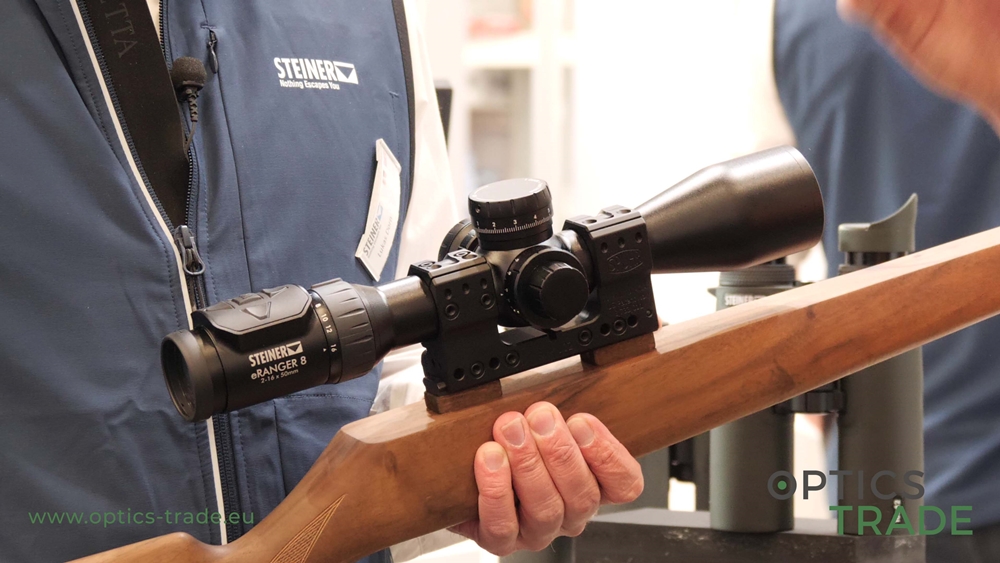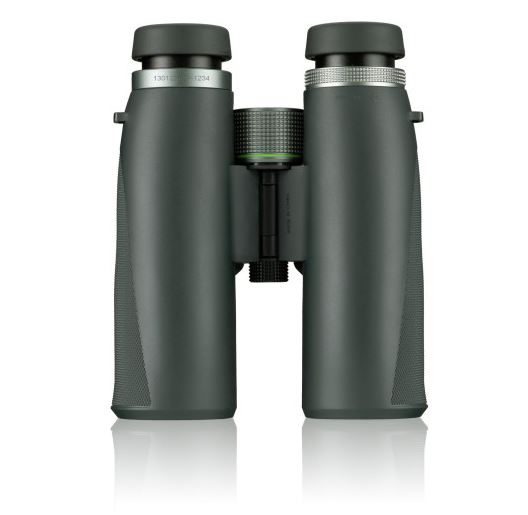Welcome to Optics Trade debates. In each episode, we talk about a different topic and try to answer the most common questions we receive about it. Today, we are going to discuss two types of prisms that are used in binoculars.
Abbe Koenig and Porro prisms got their names from the people who invented them. Porro prisms were named after Ignazio Porro, an Italian physicist, and inventor.
Abbe Koenig prisms were named after the pair of inventors which worked on the development of prisms at Zeiss.
Both types of prisms mentioned are in the market minority because the most predominant type of prism used is the Schmidt Pechan roof prism.
Abbe Koenig prisms are a special sub-type of roof prisms.
Porro was the most common type of prism used in binoculars more than 20 years ago. There are less and less manufacturers that still produce Porro prism binoculars.
Physical differences between the two are fairly obvious. Porro prisms have a two-part optical axis while it’s one-part in Abbe Koenig prisms.
The intended use of Abbe Koenig prisms was already explained in a previous segment.
Porro prisms used to be used for everything, but in the last few years, the intended use changed a bit. One of its primary purposes is low-light observation, similar to Abbe Koenig. These kinds of binoculars are mostly used by European hunters who hunt in low-light situations. The other common category of use is in marine binoculars.
Abbe Koenig prisms are suitable only for low-light usage.
Porro prisms are usable in low-light and on water.
Most customers that want binoculars for low-light use look for binoculars with a 56mm objective lens and forget that the type of prism is also important. The amount of light that comes through the binoculars is usually greater with Abbe Koenig or Porro prisms than the Schmidt Pechan, even if the objective lens is smaller. For instance, a 42mm objective lens with Porro prisms usually gathers more light than a 56mm lens with Schmidt Pechan prisms.
Binoculars with a 56mm objective lens that use Abbe Koenig or Porro prisms gather the maximum amount of light.
High light transmission rates come with a high price tag. Binoculars that have a light transmission rate higher than 90% cost more than 1000€ if using Abbe Koenig prisms and up to 700€ if using Porro prisms.
Porro prism binoculars are big, heavy and are not ergonomic in comparison with Abbe Koenig prism binoculars. Porro binoculars cost less but are still dying out because of the lackluster user experience.
Both types of prisms can achieve the same resolution and the same field of view. Because of the greater distance between the objective lenses, Porro prism binoculars have a better depth of field.
The construction of Porro prism binoculars enables them to have a focusing system for both eyes.
Porro is currently more common than Abbe Koenig but in the feature, that trend is going to change. Despite that, Porro binoculars will stay on the market, especially in the marine segment because of the better waterproofness.
We would like to thank you for your time. In case we did not answer all the questions regarding this topic, please leave a comment below or send an e-mail to us. If you found the video useful, please subscribe to our channel.
Products mentioned:
Binoculars with Abbe Koenig prisms: https://www.optics-trade.eu/en/binoculars/shopby/prism_type-roof_abbe_koenig.html
Binoculars with Porro prisms: https://www.optics-trade.eu/en/binoculars/shopby/prism_type-porro.html





Wow you really helped me understand the differences and advantages and disadvantages with using Abbe-Koenig vs Porro Prism style binoculars. It was very educational. You especially helped me understand the use of Porro Prisms for Marine Bino use.
Question of curiosity. Is there a way to explain how much of a difference in perception of depth of field in binoculars and why it is important in use in certain applications? Like Marine use and Military use?
Have you guys thought about explaining Military and Tactical Binoculars, their features and use? Explaining laser filters, anti-reflection/kill flash devices, reticles, compasses, laser range finders. Why most Military Binos are Porro Prisms.
The US Military especially the Army use to use Steiner M-22 Binoculars. They switched to Fujinon M-22s. I read somewhere that it was something about internal reflections and glare. They also introduced the M-24 Binos (Fujinon) for a smaller tactical Bino and the Fraser M-25 for a stabilized bino that can adapt with night vision goggles.
You guys are great! You’ve educated me a lot and I appreciate that.